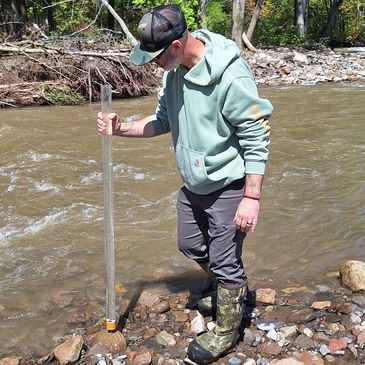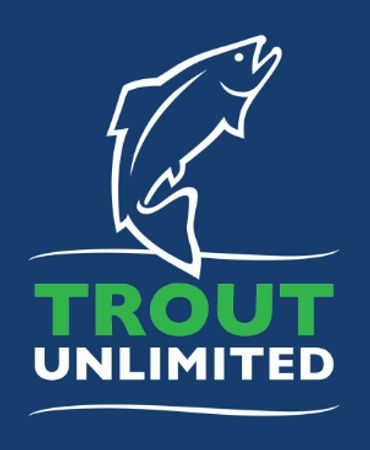Mohawk Valley tu river keepers

Our Mission
Our Volunteers
Our Volunteers
Mohawk Valley Trout Unlimited River Keepers is an initiative starting in 2025 to gather monthly baseline water quality, macroinvertebrate and health data on our local watersheds.

Our Volunteers
Our Volunteers
Our Volunteers
Small teams of dedicated local volunteers are the MVTURKS. Some are interested in seeing how our local streams change during the seasons. Others are concerned about the health of their favorite home waters. Still others just like being on the water looking for bugs.

Our Process
Our Volunteers
Our Process
We use the Wisconsin WAV and New York WAVE programs as models for the MVTURKS project. The University of Wisconsin Water Action Voluteers program has online resources for training and data collection. The NY DEC WAVE program will enable us to identify specific macroinvertebrates that live in our local streams.
get to know our streams even better
how the MVTurks program works

Training
For 2025 we used the Wisconsin WAV process for online training, and resources. Starting in 2026 we also plan to include NY WAVE macroinvertebrate collection on selected streams. On the stream training starts in May.
Stream Selection
Volunteers can select their favorite local streams. Current streams include Oriskany, Sauquoit, SB West Canada, and Little Black Creek. Expamples of other potential streams include but not limited to Ninemile, Sconondoa, Wood, Moyer, Steele, East Canada, Big, Fish Creek and tribs.
Equipment
MVTU purchases the equipment needed for stream monitoring. It may be shared between teams. Equipment includes Thermometers, D-Nets, Turbidity Tubes, DO Meters, pH Strips, Tape Measure. Donations to purchase more equipment are always welcome.
Teams
Teams are formed by volunteers, typically 2-4 members . New volunteers are welcome to join the teams onsite to learn the process. Training starts in May. Groups such as student environmental clubs, and families are welcome to participate.
Monthly Stream Visits
Monthly stream visits start in May through October. The same location is visited every month.
What We Are Checking
Temperature, pH, Transparancy, Flow Rate, Dissolved Oxygen each month, and we look for macroinvertebrates twice a year. We hope to add other characteristics as funding permits.
Why We Are Checking
While the DEC monitors stream conditions periodically, we hope to supplement their efforts by providing monthly baseline data on the health of our fisheries. And to show how the stream changes from spring to fall and from year to year.
The Data
Data sheets are used to collect the measurements and entered online. All volunteers have access to the data from their and other collected streams. The results are shared at shared at a chapter meeting in the fall, included in the chapter newsletter and on this website.
Learn more about MVTURKS


This website uses cookies.
We use cookies to analyze website traffic and optimize your website experience. By accepting our use of cookies, your data will be aggregated with all other user data.